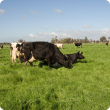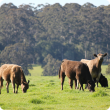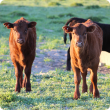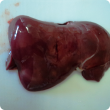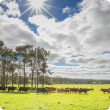Services
Search in Services
Filter services by topic
- (-) Remove Biosecurity & quarantine filter Biosecurity & quarantine
- Livestock management (12) Apply Livestock management filter
- Livestock & animals (12) Apply Livestock & animals filter
- Livestock biosecurity (12) Apply Livestock biosecurity filter
- Biosecurity (12) Apply Biosecurity filter
- (-) Remove Management & reproduction filter Management & reproduction
- Pests, weeds & diseases (11) Apply Pests, weeds & diseases filter
- Diseases (11) Apply Diseases filter
- Livestock health & diseases (11) Apply Livestock health & diseases filter
- Livestock disease surveillance (10) Apply Livestock disease surveillance filter
- Livestock species (8) Apply Livestock species filter
- Sheep (6) Apply Sheep filter
- Dairy cattle (3) Apply Dairy cattle filter
- Beef cattle (3) Apply Beef cattle filter
- Veterinary chemicals (1) Apply Veterinary chemicals filter
- Wildlife biosecurity (1) Apply Wildlife biosecurity filter
- Stockfeed (1) Apply Stockfeed filter
- Control methods (1) Apply Control methods filter
- Chemicals (1) Apply Chemicals filter
- Emergency animal disease preparedness (1) Apply Emergency animal disease preparedness filter
- Goats (1) Apply Goats filter

